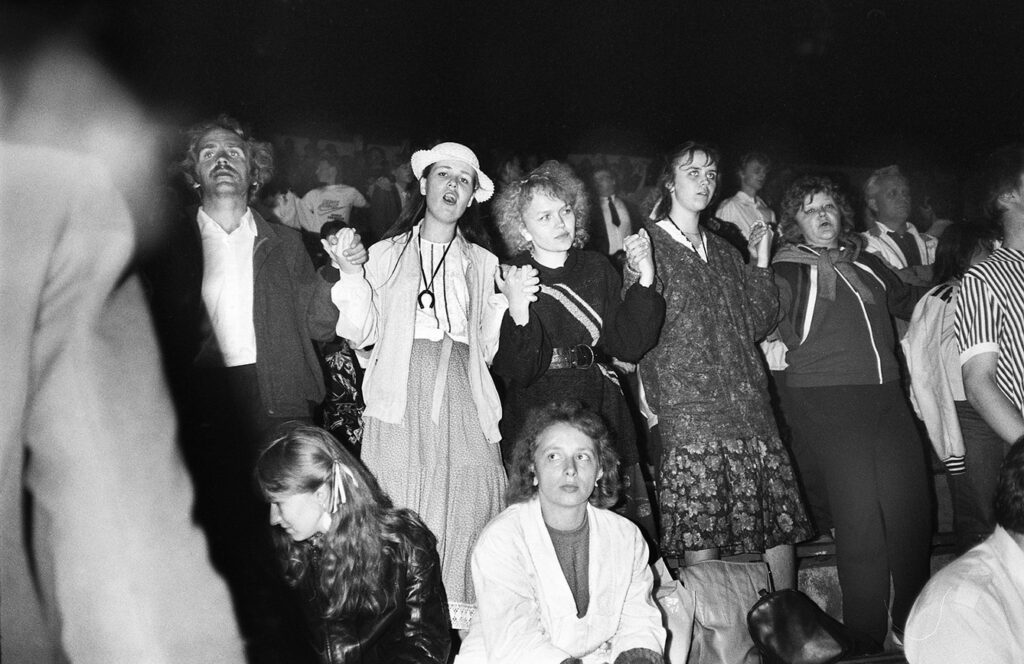The Baltic countries’ path to political freedom from the Soviet Union was long and full of unexpected turns. At one point, the most important event was a living chain of people holding hands. And at another, it was just singing. The Singing Revolution is not a Woodstock-era album title. It was an actual revolution – and it lasted longer far than any LP, as the events stretched to four years. It played a significant role in Estonia’s independence.
Revolutionary songs of the 1980s
In the midst of the Soviet Union’s decline in the 1980s, an ongoing discussion revolved around the legality of the Ribbentrop-Molotov pact. This agreement, signed between Nazi Germany and the Soviet Union, was considered the basis for the further division of Europe and resulted in the inclusion of Lithuania, Latvia, and Estonia into the USSR. The idea was to declare the Ribbentrop-Molotov pact unlawful to make it a basis for gaining independence.
For the Soviet Union, the 80s were not a good decade. It lost a war in Afghanistan and suffered a huge blow with the Chernobyl disaster. This led to the broad sentiment that this was the time to act. So, the Baltic nations acted – in part by singing.

At the Tartu Pop Festival in Estonia in May 1988, composer Alo Mattisen played his forbidden “Five patriotic songs.” The songs were performed later at festivals, like one in Tallinn that June, and would spontaneously be sung in public. The manifestation repertoire was soon enriched to include “The Song of Estonia” in September.
And it was at the music festival when the idea of Estonian independence from the USSR was first proposed. The Estonian flag was shown in public for the first time since World War II. And the Estonians kept on singing for months.
It took four years from the first forming the idea of Baltic countries’ independence for that to happen. The Supreme Council of the Estonian Socialist Republic declared independence on 16 November 1988. It took another three years for the country to become fully independent in 1991. During most of that time, Estonians would sing. Such is the power of music.







